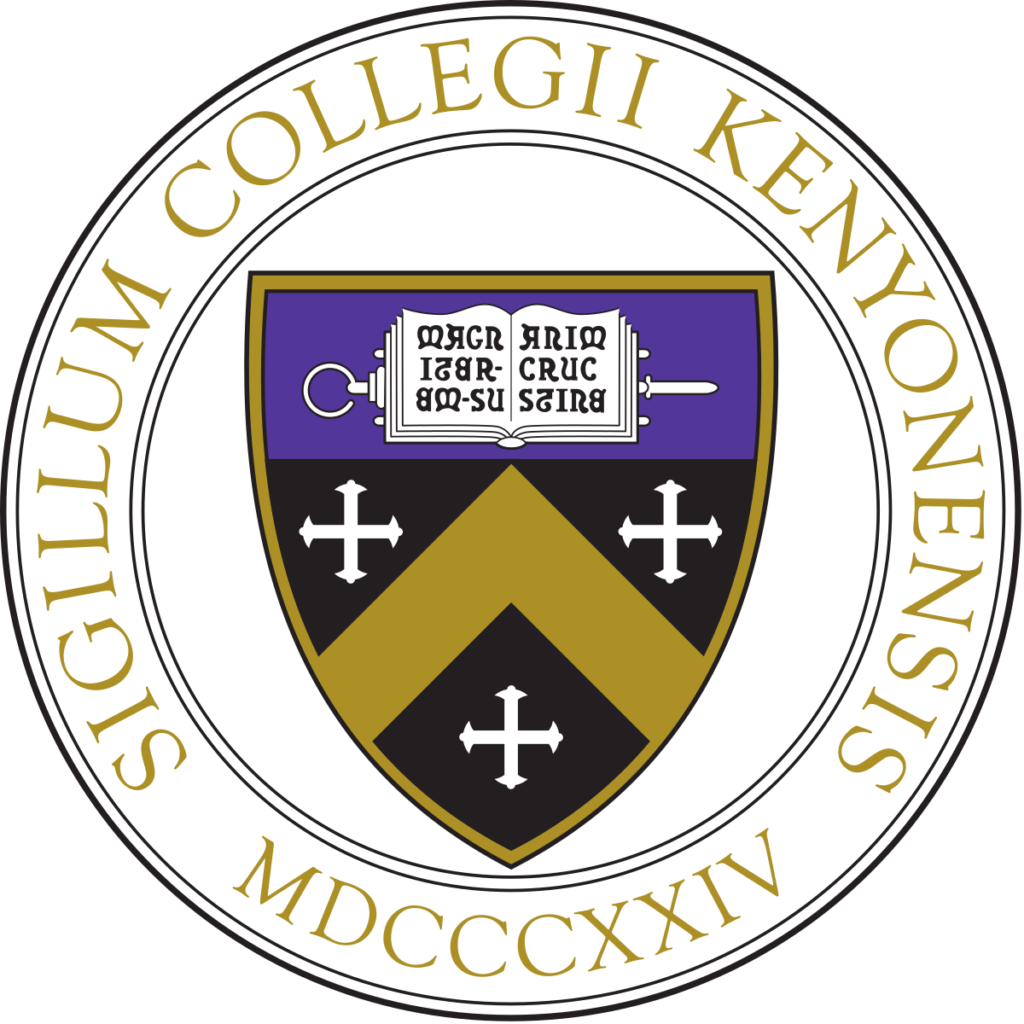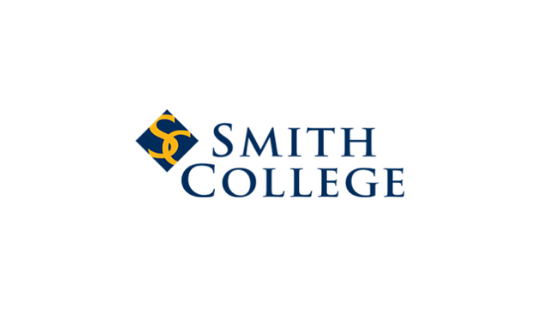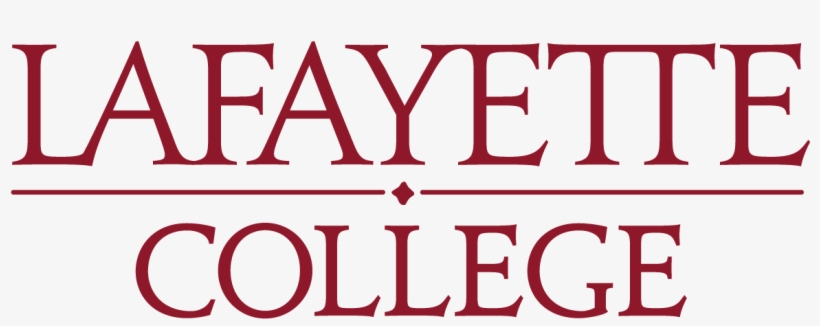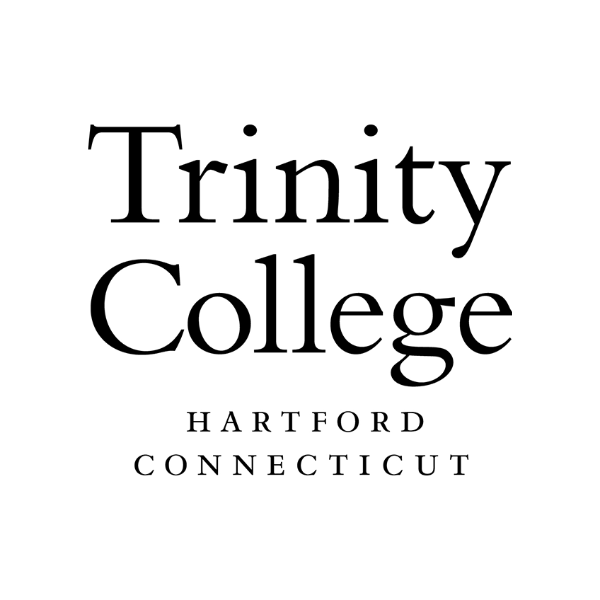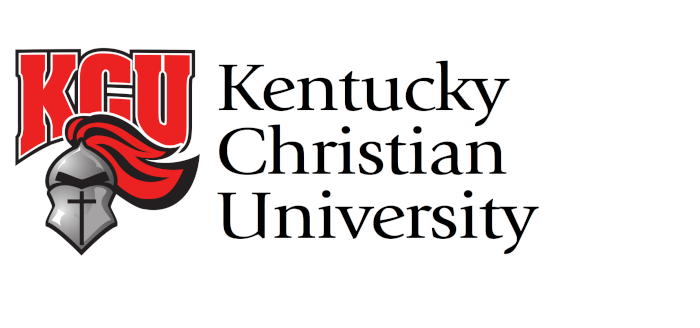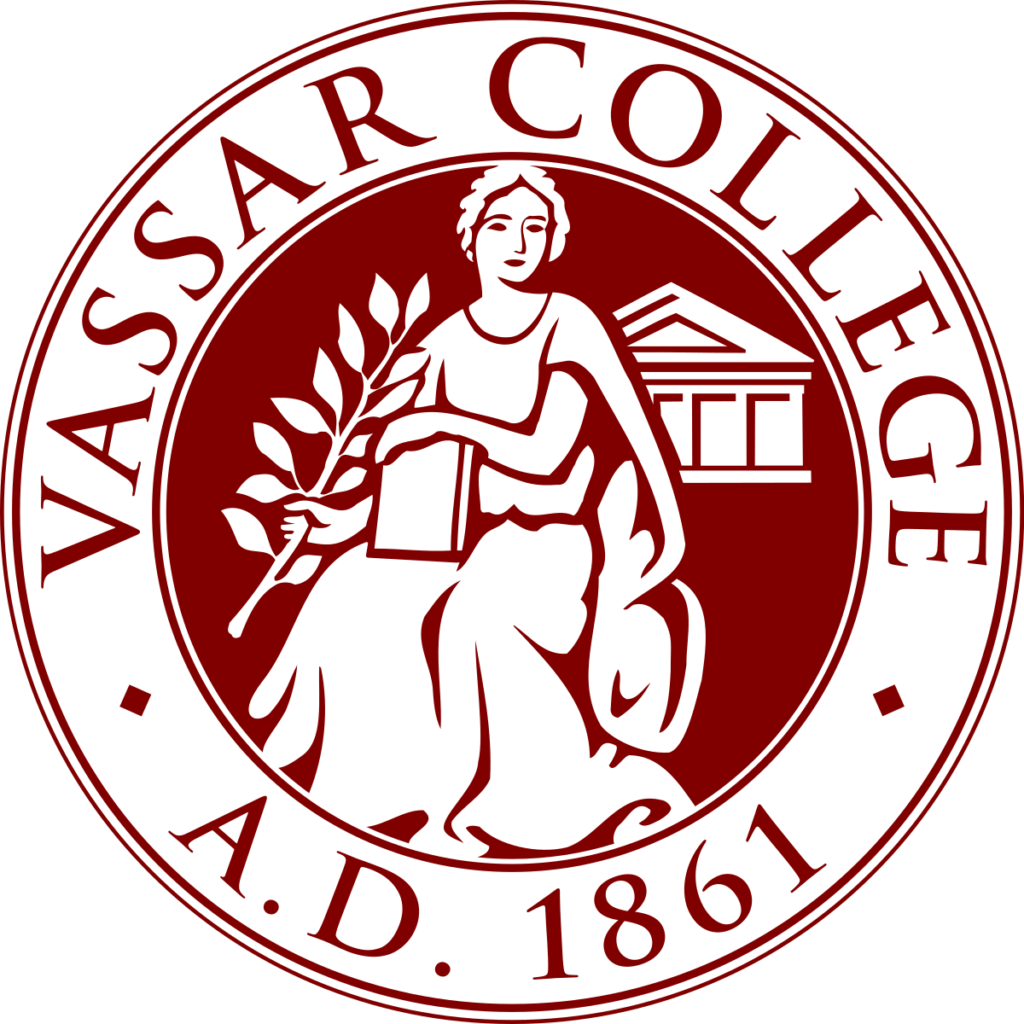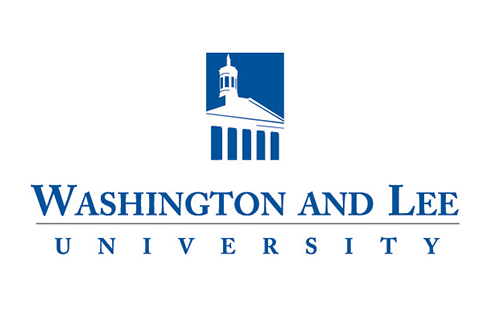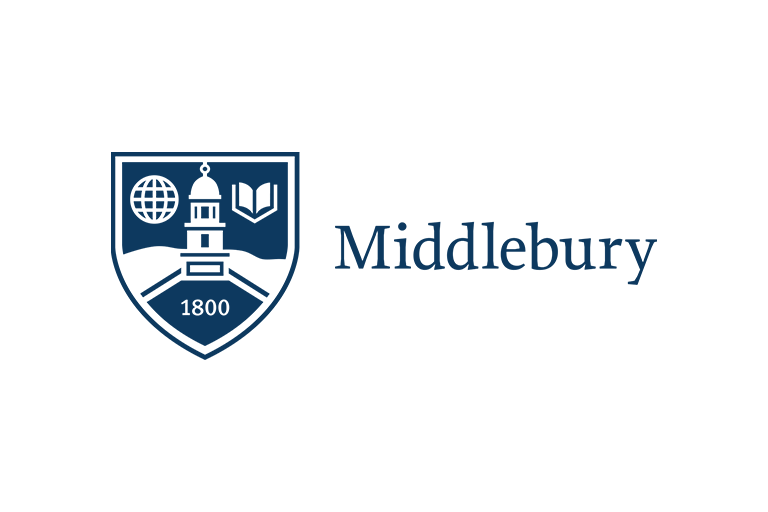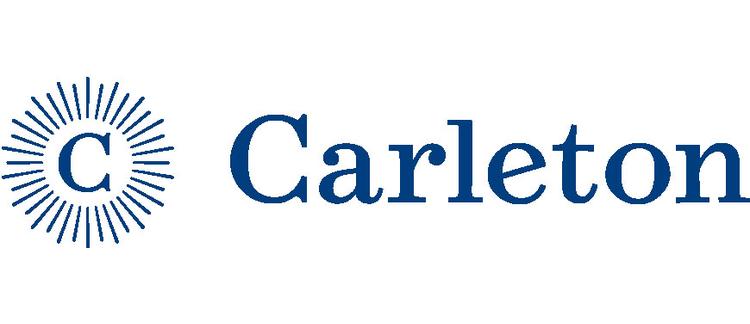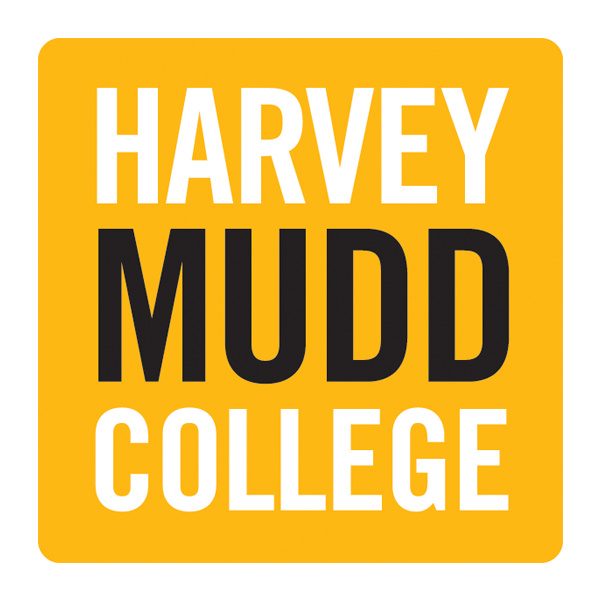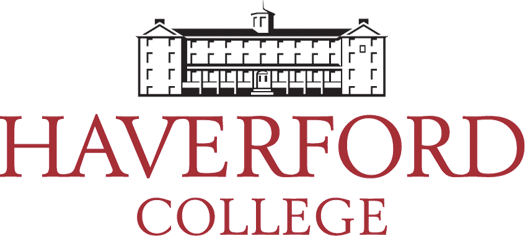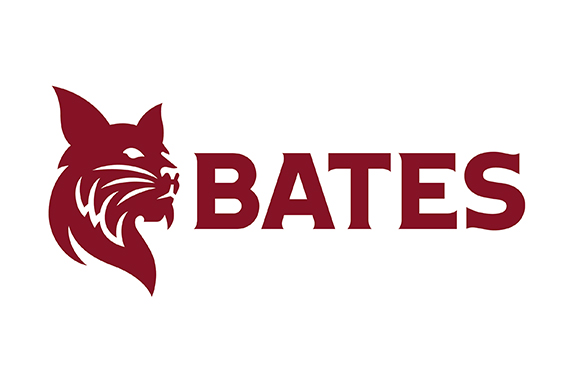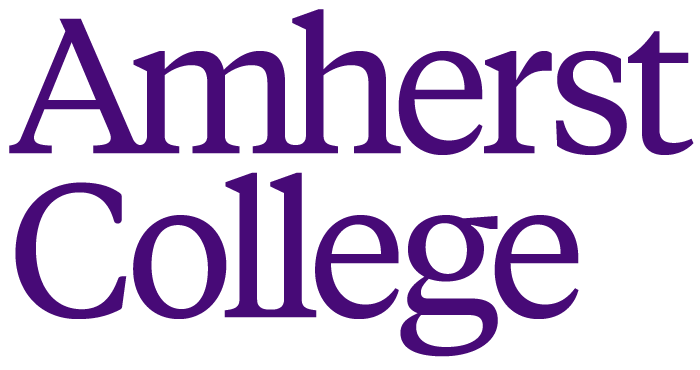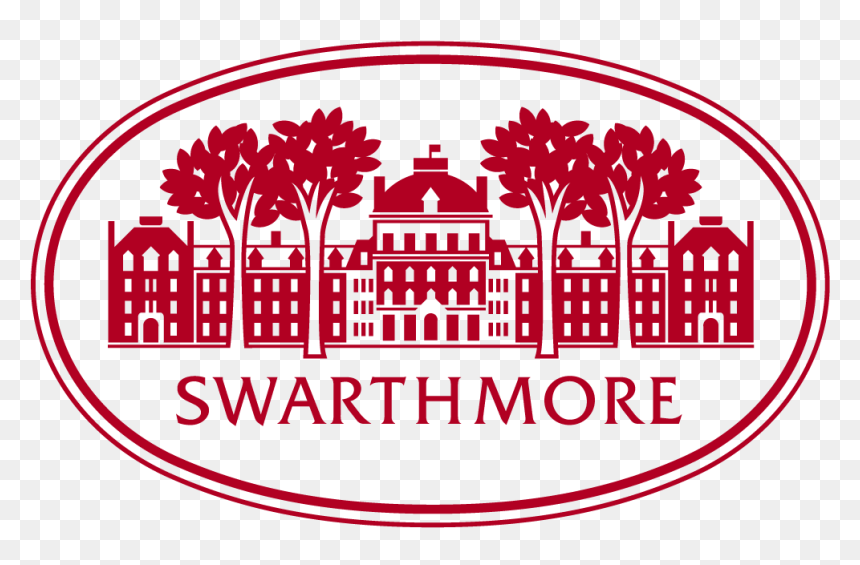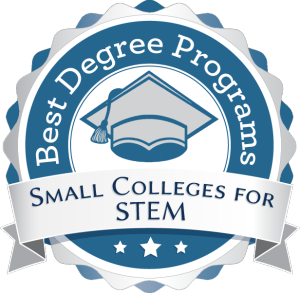
In this article, we profile 30 great small colleges for STEM degrees.
As we see a rise in STEM-related jobs, students are spending their college years elbow-deep in:
Featured Programs
- math problems
- computer projects
- science experiments
A STEM degree is most often associated with larger campuses where huge class sizes and high student/faculty ratios provide limited research opportunities and restrict students’ ability to forge relationships with peers and faculty. However, through research and data collection, we located 30 great small colleges for STEM degrees that offer unique benefits.
Top 30 Small Colleges for STEM Degrees
Some of the nation’s top liberal arts colleges and small institutions offer STEM degrees for both undergraduates and graduates. The schools on our list were selected by applying the following criteria:
- Size: The schools on this list have an undergraduate population of less than 3,000 students.
- Research Opportunities: Schools on this list have unique undergraduate research opportunities.
- Awards and Recognition: Schools on this list have received at least one ranking with U.S. News & World Report.
- Variety of STEM majors: Finally, schools on this list were selected because of their degree offerings. In fact, some schools offer more than 10 STEM majors.
Below are the resulting selections for our 30 great small colleges for STEM degrees, ranked according to acceptance rate with the most selective school ranking highest on our list.
#30 – Bryn Mawr College
Bryn Mawr, Pennsylvania
Acceptance Rate: 38%
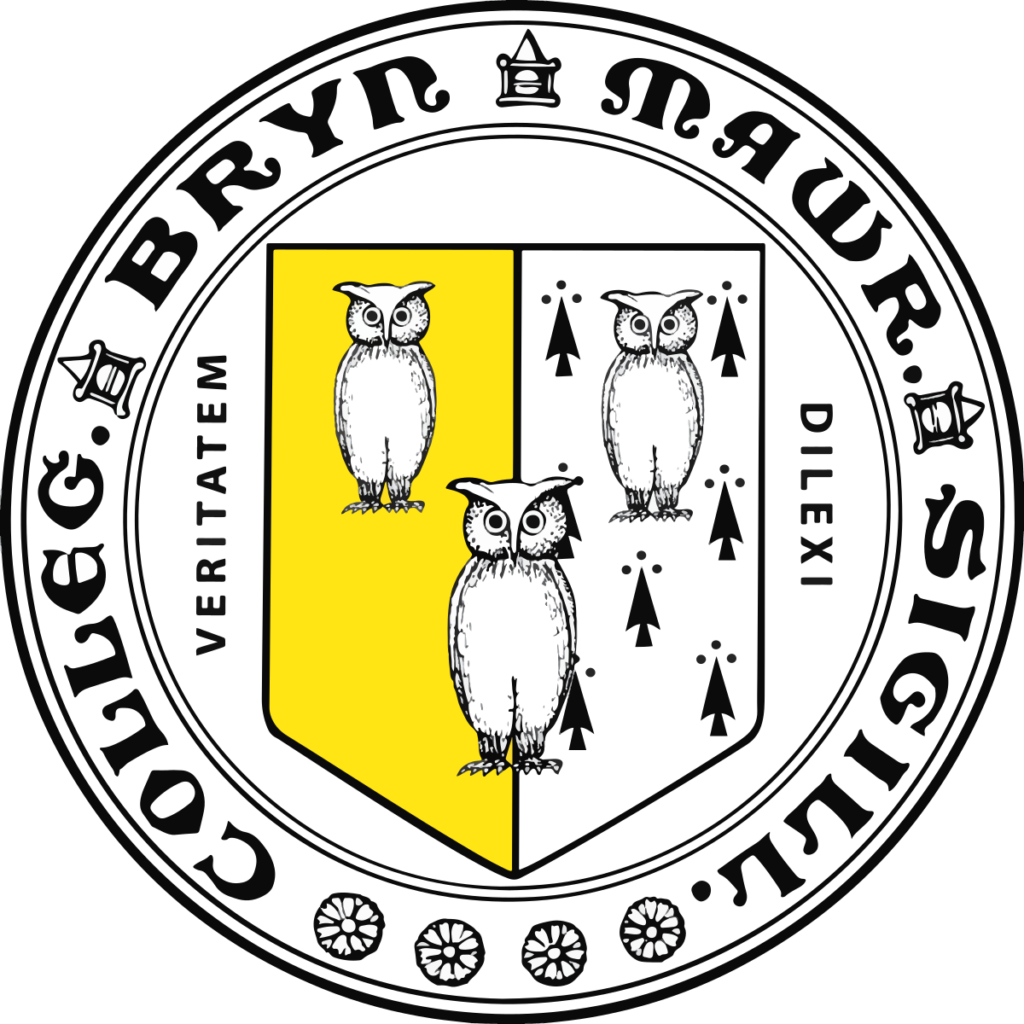
Bryn Mawr earns a spot on our list of great small colleges for STEM degrees. It has a student population of 1,634. This includes 1,299 undergraduates, among which are ample STEM majors. Popular STEM degrees include:
- biology
- biochemistry
- chemistry
- computer science
- environmental studies
- mathematics
Bryn Mawr’s small campus gives way to an equally small student/faculty ratio of 8:1. In addition to the school’s quality STEM programs and intimate learning environment, Bryn Mawr ranks with major publications like U.S. News & World Report:
- #30 on their list of best liberal arts colleges
- #37 in best value schools
- #19 for best first-year experience.
#29 – Kenyon College
Gambier, Ohio
Acceptance Rate: 37%
Kenyon College is a top-ranked national liberal arts college. It’s recognized for its academics and reputation. Rankings by U.S. News & World Report include #30 in best national liberal arts colleges. Other rankings include #55 in best value schools and #26 in most innovative schools. As far as STEM degrees offered at Kenyon, there are several to choose from. Among the most popular STEM majors are:
- biology
- chemistry
- mathematics
- statistics
- physics
Students are in an intimate learning environment while enrolled in courses and labs. The undergraduate enrollment does not exceed 1,615. Also, the student/faculty ration is just 9:1.
#28 – Smith College
Northampton, Massachusetts
Acceptance Rate: 37%
At Smith College, students can major in various STEM disciplines. Popular STEM degrees include:
- biology
- computer science
- engineering
It also offers physical sciences like:
- chemistry
- geology
- physics
The small class sizes and intimate learning environment make Smith College a top choice for STEM degrees from a small college. The total student population is 2,50. The student/faculty ratio is just 7:1. In addition to small class sizes, Smith offers a strong reputation for academics. U.S. News & World Report ranks Smith #17 in best national liberal arts colleges and #51 in best value schools. Also, the undergraduate engineering programs at Smith rank #16 in the country.
#27 – Lafayette College
Easton, Pennsylvania
Acceptance Rate: 36%
Lafayette College is a favorable choice for STEM degrees. The student/faculty ratio is 9:1. It has a small combined small student population of 2,514 undergraduates. This makes Lafayette a great small college. STEM majors include:
- biology
- computer science
- math, and more
Engineering programs at Lafayette include:
- civil engineering
- chemical engineering
- electrical and computer engineering
- integrative engineering with a bioengineering concentration
- integrative engineering with an environment and energy concentration
In addition to the number of STEM programs offered, Lafayette ranks with U.S. News & World Report. Current rankings include #38 in best national liberal arts colleges and #96 in best value schools.
#26 – Trinity College
Hartford, Connecticut
Acceptance Rate: 36%
Founded in 1823, Trinity College is a small liberal arts school with national rankings and plentiful STEM degree offerings. Trinity offers a small campus size with a student population of 2,241. Popular programs for those interested in a STEM degree include:
- computer and information sciences
- engineering
- environmental science
- mathematics
- physical sciences (chemistry and physics), and more
Small class sizes provide an intimate learning environment. The student/faculty ratio is 9:1. In addition to small classes, Trinity offers rankings with U.S. News & World Report. These rankings include #46 in best national liberal arts colleges and #69 in best value schools.
#25 – William Jewell College
Liberty, Missouri
Acceptance Rate: 36%
William Jewell College is a small private school with a student population of about 750. Nearly all students are undergraduates, as few graduate degree programs are available. Small class sizes and a student/faculty ratio of 10:1 make William Jewell a great small college for a STEM degree. Popular STEM programs include:
- biochemistry
- biology
- civil engineering
- nursing
William Jewell is fully accredited and ranks with major publications like U.S. News & World Report. In fact, the most current rankings include:
- eighth in best regional colleges in the Midwest
- #18 in best value schools
- #40 in top performers on social mobility
- #432 in nursing.
#24 – Oberlin College
Oberlin, Ohio
Acceptance Rate: 35%
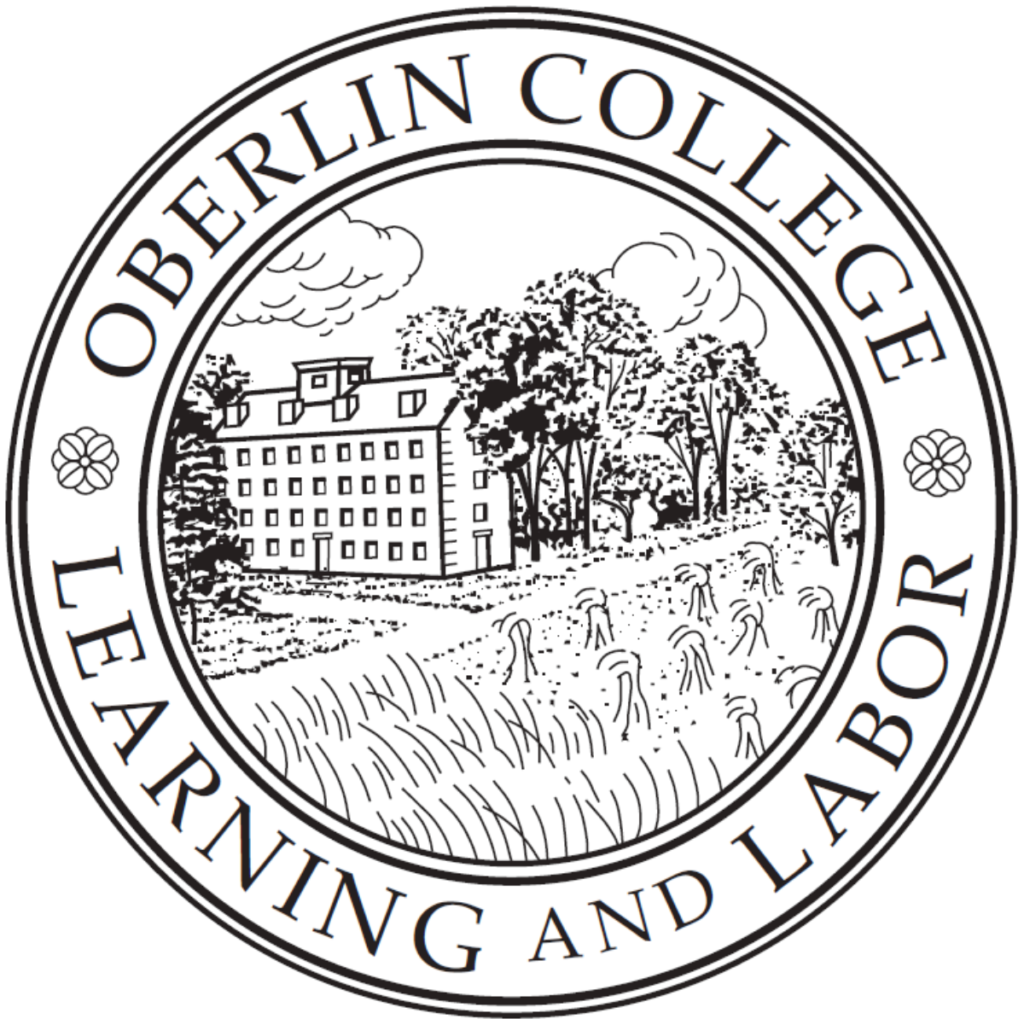
Oberlin College is a private liberal arts institution located 35 miles Southwest of Cleveland. It offers an intimate learning environment for those seeking a STEM degree. This nationally ranked liberal arts college has been recognized by major publications as a top school. In fact, U.S. News & World Report ranks Oberlin:
- #37 in best national liberal arts colleges
- #83 in best value schools
- #16 in most innovative schools
Oberlin’s has a 9:1 student/faculty ratio. That and the small student population of fewer than 2,700 students lends to the school’s intimate classroom experience. For those seeking a STEM degree, popular choices include:
- biology
- computer science
- engineering
- neuroscience
- physical sciences like geology and physics.
#23 – Point University
West Point, Georgia
Acceptance Rate: 35%
With over 80 programs, many of them STEM-related, Point University lands a spot on our list of great small colleges for STEM degrees. This small Christian college offers a 13:1 student/faculty ratio and a student population of 1,946. Of the total student population, about 1,900 are undergraduates. Traditional, online, and blended programs are available for students seeking STEM degrees. Popular STEM majors include:
- biology
- information systems security
- information technology
There are also programs in healthcare administration, though this is not considered a STEM major. In addition to being fully accredited, Point ranks with U.S. News & World Report as a top regional college in the South.
#22 – Thomas University
Thomasville, Georgia
Acceptance Rate: 35%
At Thomas University, students seeking STEM majors have ample choices. In fact, the school offers bachelor’s degrees in:
- biology
- biomedical laboratory sciences
- nursing
- rehabilitation science
Graduate degrees are also offered in nursing for those interested in earning an MSN. Thomas University is a small Georgia college with a student population of about 1,300. There are 732 undergraduates. It has a 12:1 student/faculty ratio and intimate learning environment. This makes Thomas a top choice for those seeking a small college where they can earn a STEM degree. In addition to being accredited, Thomas University ranks with major publications like U.S. News & World Report. Current rankings include #104-#137 in best regional universities in the South and #134 in top performers on social mobility.
#21 – Skidmore College
Saratoga Springs, New York
Acceptance Rate: 32%
Skidmore College is one of the nation’s top liberal arts institutions. It offers STEM degrees for qualified students. The small, suburban college located in Saratoga Springs, New York has a student population of 2,582 undergraduates. The student/faculty ratio is just 8:1, which is one of the lowest ratios on our list. Skidmore’s STEM degrees include disciplines like:
- biology
- chemistry
- computer science
- environmental studies
- geosciences
- human physiological sciences
- neuroscience
- physics
Students may earn a bachelor’s degree in any one of these in-demand STEM programs. Skidmore is a top-ranked liberal arts college, according to U.S. News & World Report. In fact, current rankings include #38 in best national liberal arts colleges and #48 in best value schools.
#20 – Rust College
Holly Springs, Mississippi
Acceptance Rate: 29%

Rust College is a small, HBCU Mississippi college with a student enrollment of just 623 undergraduates. This small student population correlates with one of the smallest student/faculty ratios (6:1) on our list. But the size doesn’t impede the many programs offered at Rust. In fact, those interested in pursuing a STEM major will find several bachelor’s degree programs. Some of the STEM majors offered at Rust College are:
- biology
- chemistry
- computer science
- math
In addition to offering quality programs, Rust is accredited and ranked with U.S. News & World Report. Current rankings include #168-#222 in best national liberal arts colleges and #106 in top performers on social mobility.
#19 – Denison University
Granville, Ohio
Acceptance Rate: 28%
Denison University earns a spot on our list of great small colleges to earn a STEM degree at. It has a 9:1 student/faculty ratio and student population of 2,258 undergraduates. STEM bachelor’s degrees are available in:
- astronomy
- biochemistry
- biology
- chemistry
- computational science
- environmental studies
- geosciences
- mathematics
- neuroscience
- physics
The number of programs offered makes Denison one of the schools on our list with the largest selection of STEM degrees. In addition to its quality offerings, Denison University ranks #42 in best national liberal arts colleges with U.S. News & World Report. Other rankings include:
- #42 in best value schools
- #26 in most innovative schools
- #115 in top performers on social mobility.
#18 – Kentucky Christian University
Grayson, Kentucky
Acceptance Rate: 28%
STEM degrees offered at Kentucky Christian University are limited to biology and behavioral health. However, the small size and favorable student/faculty ratio makes the institution an ideal choice for a STEM degree. KCU offers a 12:1 student/faculty ratio. The student population consists of 689 students, 600 of them undergraduates. KCU’s rankings with U.S. News & World Report, coupled with its accreditation, earn the school a spot on our list of great small colleges for STEM degrees. The school ranks #65 in best regional colleges in the South and #60 in top performers on social mobility.
#17 – Colgate University
Hamilton, New York
Acceptance Rate: 27%
Located in Hamilton, New York, Colgate University is a small, private institution. It’s recognized for its academics and liberal arts education. The total student population is 3,054, most of which are undergraduates. Class sizes are kept at a minimum. According to the school’s website, Colgate has a 9:1 student/faculty ratio. Fifty-six majors are available at Colgate. Students seeking a STEM degree may major in:
- applied mathematics
- astrogeophysics
- astronomy and physics
- biochemistry
- biology
- chemistry
- computer science
- environmental biology
- mathematics, and more
In addition to its large number of STEM degree offerings, Colgate ranks 17th in the country among best national liberal arts colleges.
#16 – Vassar College
Poughkeepsie, New York
Acceptance Rate: 25%
Recognized as one of the top liberal arts colleges in the United States, Vassar College is a great small school for STEM degrees. It has small class sizes, a student/faculty ratio of 8:1, and a student population of less than 2,500 undergraduates. This earns Vassar a top spot on our list. Popular STEM degrees offered at Vassar include:
- astronomy
- biochemistry
- biology
- chemistry
- computer science
- earth science
- mathematics
- neuroscience
- physics
In addition to its wide STEM degree offerings, Vassar ranks with major publications like U.S. News & World Report. These rankings include:
- #22 in best national liberal arts colleges
- #30 in best value schools
- #32 in top performers on social mobility.
#15 – Washington and Lee University
Lexington, Virginia
Acceptance Rate: 25%
Washington and Lee is a nationally ranked liberal arts college with a small student population. A total of 1,822 undergraduates make up the bulk of the student body. It has a low student/faculty ratio of 8:1. For students seeking a STEM degree, Washington and Lee offers programs in:
- biochemistry
- biology
- chemistry and biochemistry
- computer science
- engineering
- geology
- mathematics
- neuroscience
- physics
- physiology
The school ranks with U.S. News & World Report as 11th in best national liberal arts colleges. Other top rankings include ninth in best value schools and #193 in top performers on social mobility.
#14 – Middlebury College
Middlebury, Vermont
Acceptance Rate: 22%
Like many liberal arts colleges on our list, Middlebury College offers quality STEM degrees for those interested in:
- science
- technology
- engineering
- mathematics
Some of the programs Middlebury offers include:
- biology
- chemistry and biochemistry
- computer science
- mathematics
- molecular biology
- neuroscience
- physics
The school is highly selective, with a 22% acceptance rate. Once admitted, students enjoy an intimate learning environment with a student/faculty ratio of 8:1. The institution ranks with major publications like U.S. News & World Report. Recent rankings include ninth in best national liberal arts colleges and 12th in best value schools. Middlebury is a great small college for a STEM degree.
#13 – Carleton College
Northfield, Minnesota
Acceptance Rate: 21%
Carleton College is a nationally ranked liberal arts school. It offers a rural Minnesota environment and plentiful STEM degrees. It’s ranked ninth in the country among top national liberal arts colleges. Carleton offers STEM programs in disciplines like:
- biochemistry
- biology
- chemistry
- engineering
- mathematics
- physics
- pre-medicine
Carleton’s small-campus learning environment has an equally small student/faculty ratio of 8:1. Additionally, the school has earned full accreditation. It ranks with major publications like U.S. News & World Report. These rankings include:
- ninth in best national liberal arts colleges
- fifth in most innovative schools
- ninth in best first-year experience
- 22nd in best value schools.
#12 – Davidson College
Davidson, North Carolina
Acceptance Rate: 20%
With fewer than 2,000 students, Davidson College prides itself on small class sizes. These allow faculty to work closely with students, both in the classroom and in research laboratories. In fact, Davidson offers a student/faculty ration of just 9:1. The college also offers a variety of STEM-related degrees, including:
- applied mathematics
- biology
- chemistry
- computer science
- engineering
- genomics
- mathematics
- neuroscience
Also, Davidson is one of the few top-ranked liberal arts colleges to offer a pre-veterinary medicine program. Davidson College consistently ranks with major publications like U.S. News & World Report. These rankings include #13 in best national liberal arts colleges and eighth in best value schools.
#11 – Wellesley College
Wellesley, Massachusetts
Acceptance Rate: 20%
Wellesley College has a small student population of 2,280. It has a low student/faculty ratio of 7:1 and plentiful STEM degree offerings. Some of the STEM degree programs available are:
- astronomy
- biology
- chemistry
- computer science
- geosciences
- mathematics
- physics
Wellesley also offers many interdepartmental STEM majors and minors, including:
- astrophysics
- biochemistry
- chemical physics
In addition to its quality programs and small campus size, Wellesley offers a strong reputation and rankings by U.S. News & World Report. In fact, Wellesley ranks:
- fifth in best national liberal arts colleges
- fourth in best value schools
- 32nd in most innovative schools.
#10 – Hamilton College
Clinton, New York
Acceptance Rate: 18%

Hamilton College is a small liberal arts school with a student population of 1,902 undergraduates. It offers STEM degrees in multiple areas of discipline. STEM majors include:
- biochemistry/molecular biology
- chemistry
- computer science
- geosciences
- mathematics and statistics
- neuroscience
- physics
Classes are kept small. The school offers a 9:1 student/faculty ratio. In addition to its accredited program offerings, Hamilton has rankings from major publications like U.S. News & World Report. Recently published rankings include:
- #13 in best national liberal arts college
- , #15 in best value schools
- #39 in undergraduate research and creative projects
Hamilton’s low acceptance rate of 18% makes it one of the most selective liberal arts schools on our list.
#9 – Harvey Mudd College
Claremont, California
Acceptance Rate: 18%
Harvey Mudd College’s broad curriculum takes a liberal arts approach to STEM subjects. Students can major in areas like:
- biology
- chemistry
- computer science
- engineering
- mathematics
- physics
Required core courses also include a variety of humanities and social-science courses. This unique blend of subjects allows students to hone their interests and nurture an appreciation for the arts while studying science. Also, with a small student body and low student/faculty ratio of 8:1, students can develop relationships with peers and instructors. Often, these relationships turn into mentorships and lead to research opportunities. Harvey Mudd ranks #28 in best national liberal arts colleges and #61 in best value schools, according to U.S. News & World Report.
#8 – Haverford College
Haverford, Pennsylvania
Acceptance Rate: 18%
Haverford’s college campus offers the best of two worlds. Imagine a quiet, serene, and picturesque institution nestled in a bustling metropolitan area. For those seeking STEM degrees from a small college with a strong academic reputation, Haverford has plenty of options. Students may major in:
- astronomy
- astrophysics
- biochemistry
- biology
- biophysics
- chemistry
- computer science
- geology
- mathematics
- neuroscience
- physics
Haverford offers a small campus environment with a student population of 1,307 undergraduates. This small student body lends to the equally low student/faculty ratio of 8:1. Haverford is a fully accredited institution with favorable rankings by U.S. News & World Report. Current rankings include #16 in best national liberal arts colleges and #23 in best value schools.
#7 – Williams College
Williamstown, Massachusetts
Acceptance Rate: 15%
Williams College has recently been ranked first in best national liberal arts colleges by U.S. News & World Report. In addition to its prestige, Williams offers a unique curriculum that is sure to appeal to any student interested in a STEM subject. Instead of pairing a major with a minor, students can choose a concentration that groups courses from many different disciplines (for example: cognitive science). Popular STEM areas of study include:
- astronomy and astrophysics
- biochemistry and molecular biology
- chemistry
- cognitive science
- computer science
- physics
Williams is also one of the few universities that provides research opportunities to undergraduates. In addition to the school’s rigor and reputation, Williams has a student/faculty ratio of 6:1. This is one of the smallest on our list.
#6 – Barnard College
New York, New York
Acceptance Rate: 14%
Despite its location in the Big Apple, Barnard College offers a surprisingly intimate learning environment. Barnard has a student population of 2,744 undergraduates and a 9:1 student/faculty ratio. It’s perfect for those seeking a great small college for a STEM degree. Of the 50 majors offered at Barnard, many are STEM-related. Programs available include:
- biology, chemistry
- computer science
- environmental science
- mathematics
- neuroscience
- physics and astronomy
In addition to its small size and strong academics, Barnard offers prestige through its rankings with major publications. U.S. News & World Report ranks Barnard College #17 in best national liberal arts colleges and #38 in best value schools.
#5 – Bates College
Lewiston, Maine
Acceptance Rate: 14%
Bates College is ranked #25 among the best national liberal arts colleges in the country. It is a highly selective, small college with STEM degree offerings. The private institution utilizes a 4-4-1-based academic calendar, which is unique to many of the institutions on our list. Bates offers STEM majors in:
- biochemistry
- biology
- chemistry
- digital and computational studies
- earth and climate sciences
- engineering
- mathematics
- neuroscience
- physics
At Bates, students enjoy small classroom sizes with a 10:1 student/faculty ratio and a population of 1,876 undergraduates,. Thee features make it one of the best small colleges to earn a STEM degree at.
#4 – Amherst College
Amherst, Massachusetts
Acceptance Rate: 12%
Earning a top spot on our list of great small colleges for STEM degrees, Amherst College is an ideal choice. There STEM offerings for undergraduates. The school maintains a student/faculty ratio of 7:1, one of the lowest on our list. The student population of 1,745 students is small. The most popular STEM degrees at Amherst include:
- biology
- chemistry
- computer science
- neuroscience
- physics and astronomy
In addition to small class sizes and ample STEM degree offerings, Amherst ranks favorably with U.S. News & World Report. In fact, Amherst ranks second in best national liberal arts colleges and #42 in most innovative schools.
#3 – Bowdoin College
Brunswick, Maine
Acceptance Rate: 9%

Recognized as a top national liberal arts college, Bowdoin College offers quality STEM degrees and one of the lowest student/faculty ratios on our list. This four-year, private liberal arts college is located in the suburban setting of Brunswick, Maine. Total enrollment is 1,777 students, all of which are undergraduates. The small enrollment size allows Bowdoin to maintain an 8:1 student/faculty ratio. In addition to small class sizes, there are numerous STEM degrees and majors to choose from. According to Bowdoin’s website, the top declared majors included several STEM degrees like:
- biology
- chemistry
- computer science
- mathematics
Adding to its reputation, Bowdoin ranks with U.S. News & World Report as sixth in best national liberal arts colleges and seventh in best value schools.
#2 – Swarthmore College
Swarthmore, Pennsylvania
Acceptance Rate: 9%
Swarthmore College has a small student population of 1,437 and low student/faculty ratio of 7:1 . It provides an intimate learning environment for STEM-inclined students. Some of the possible areas of study in science and technology at Swarthmore include:
- biochemistry
- biology
- chemistry
- computer science
- engineering
- mathematics
- physics
It provides access to quality programs that lead to research opportunities with esteemed professors, Swarthmore also offers prestige through its consistent rankings with major publications. In fact, Swarthmore ranks third in best national liberal arts colleges and second in best value schools in Best Colleges published by U.S. News & World Report. But, getting into Swarthmore is highly competitive. The acceptance rate is just nine percent.
#1 – California Institute of Technology
Pasadena, California
Acceptance Rate: 7%
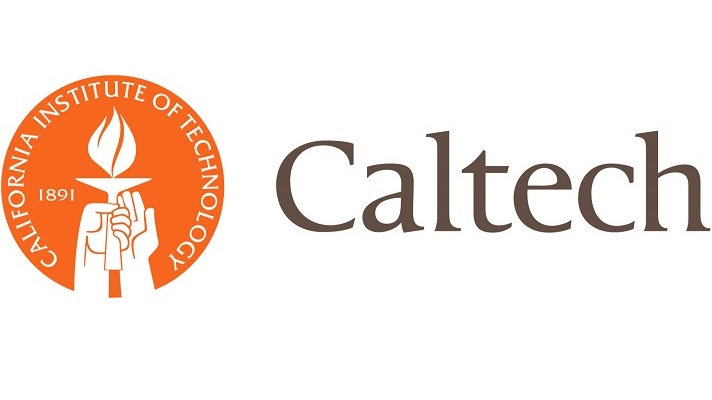
California Institute of Technology is the most selective school on our list. It also offers the lowest student-to-faculty ratio–3:1 . Caltech offers plenty of STEM degrees for those seeking one from a small college environment. STEM majors include:
- applied and computational mathematics
- applied physics
- astrophysics
- bioengineering
- biology
- chemical engineering
- chemistry
- computer science
- geophysics
- mathematics
- planetary science, and many more
But admittance Caltech is highly selective. The most recent acceptance rate for this institution is seven percent. In addition to its selectivity rate and small class sizes, Caltech ranks with U.S. News & World Report. Recent rankings include ninth in best national universities and 15th in best value schools.
______________
Frequently Asked Questions
What should I look for when choosing a small college for a STEM degree?
Evaluating small colleges for a STEM degree is important before you apply. Educational advisers and college counselors recommend small liberal arts colleges for students who want a unique experience that larger universities might not offer. Below are some different things to look for when choosing a small college for a STEM degree.
Favorable Graduation Rate
Outcomes are important for students to evaluate when searching for a small college to earn a STEM degree. Schools with favorable graduation rates help students succeed. Other aspects to consider are:
- job prospects
- admission rates to graduate schools
- pre-professional program admittance rates.
Student-to-Faculty Ratio
Most small colleges, like the ones on our list, offer an intimate learning environment. These schools often have student/faculty ratios of 10:1 or less. The average student/faculty ratio is 11:1 for small liberal arts colleges. Small class sizes mean that a greater emphasis is placed on the undergraduate experience. While some of the top-ranked small colleges offer a 7:1 ratio, larger state universities offer student/faculty ratios of 18:1 or 24:1. The smaller the class size, the more intimate the learning experience.
Uniqueness
Students at small colleges have access to unique:
- extracurricular activities
- clubs
- research opportunities
A school that places a greater emphasis on the undergraduate experience provides students plenty of opportunities for growth.Just some of the ways that small colleges are great for earning a STEM degree include:
- Summer programs
- experiences abroad
- access to research opportunities
How much money can I earn with a STEM degree?
According to the Bureau of Labor Statistics (BLS), STEM jobs pay a substantial salary premium. The average salary for non-STEM occupations, as reported by BLS, is $40,020. But for STEM jobs, the average salary is $89,780. That’s over twice the earnings of non-STEM occupations.
To analyze earnings potential and how much money one can earn with a STEM degree, it is important to look at the average salaries for several different types of STEM occupations.
Engineers earn an annual average of $83,160. Some engineers, such as chemical engineers, earn higher wages. In fact, BLS reports that the median annual wage for chemical engineers is $108,540. The highest 10% of earners see more than $168,960.
Materials scientists earn a median annual wage of $99,460. The highest 10% of earners working as materials scientists earn over $165,290. Chemists, too, earn top wages. BLS reports the median annual wage for chemists as $79,300, and the highest 10% of earners make $139,650.
Computer jobs also pay well. Computer and information research scientists earn an average annual salary of $126,830. Computer network architects earn $116,780. Other high-paying computer occupations include:
- computer hardware engineers
- information security analysts
- software developers
- quality assurance analysts
- testers
All of these technology-related jobs see average earnings over six figures.
What are the benefits of a small college for a STEM degree?
Forbes magazine recently published a piece on why small colleges are great for science students. Small liberal arts colleges may seem like an odd choice for the professional scientist or research-bound student. Research I universities offer access to cutting-edge technology and world-renowned faculty. But for undergraduates, top-ranked research institutions may not offer what a small liberal arts college does.
In small colleges, like many on our list of great small colleges for STEM degrees, the student population is between 1,500 and 2,500. Science classes that would be held in huge lecture halls at research universities are kept small. Students don’t get lost in a class of 400 students. Some of the largest intro classes at small liberal arts colleges may be capped at 30 or 40 students. It is also not uncommon for science and technology classes, even intro classes, to be capped at 18 or 20 students.
Another benefit of attending a small college for a STEM degree is access to undergraduate research. Opportunities in research abound at smaller schools. Students at small colleges:
- get involved in meaningful research projects
- join professors abroad on research expeditions
- forge relationships with peers and faculty.
What are the most popular STEM degrees offered at small colleges?
Small colleges offer many different degree programs for these looking to major in STEM. Science, technology, engineering, and mathematics are broad categories, but within these disciplines are various majors. Some of the most popular STEM programs are listed below:
Biology
Biology, biochemistry, and biomedical sciences are Among one the most popular majors in small colleges are:
- biology
- biochemistry
- biomedical sciences
Many students major in biology with plans to attend:
- medical school
- dental schoo
- another pre-professional program
Biology students can expect to take classes and labs that cover topics in:
- general and organic chemistry
- physiology
- anatomy
- zoology.
Computer Science
A bachelor’s degree in computer science offers a wide range of highly marketable skills, including:
- programming
- troubleshooting hardware
- organizing data sets
Computer-science students:
- learn different programming languages
- spend time coding
- solve complex problems
Computer-science degrees can lead to high earnings right out of college, and they can provide a stable job outlook.
Statistics and Mathematics
Math majors are heavily recruited for high-level jobs as:
- data analysts
- statisticians
- actuaries
As a result, math and statistics programs are listed among the most popular STEM degrees at small colleges. As a math major, you will likely take courses that explore topics in:
- complex analysis
- differential geometry
- introduction to algebraic structures
- statistics
- topology.
What are the best STEM degrees for top careers of the future?
In the last few decades, significant progress has been made in the areas of:
- science
- technology
- research
Currently, we are in an age when technology is at our disposal. Thanks to the advancements in medicine and healthcare, humans are living longer. Automobiles have become more efficient. Energy has become cleaner and more cost effective. These advancements have created jobs. Some of the top careers of the future are STEM jobs, but to acquire many of them, you must hold a STEM degree.
Below are several degrees that will help you land a top career of the future.
Atmospheric Sciences
Also referred to as meteorology, atmospheric sciences is a top career of the future due to global warming and the changes in the earth’s climate and weather patterns. These highly trained scientists:
- determine weather warnings
- predict disasters
- conduct research in labs and weather stations.
Game Design and Art
Game design is a fast growing career field with many job prospects. The video-game industry alone is a 30-billion-dollar industry. As more people take to online gaming and gaming apps, experts are needed to create art and design associated with these programs and applications.
Sustainable and Renewable Energy
A career in clean energy is one of the fastest-growing jobs of the future. Clean energy or sustainable energy jobs include:
- clean car engineers
- solar installers
- sustainability professionals
- turbine technicians
A degree in sustainable and renewable energy promises a favorable job outlook.
BDP Staff
October 2021
Related Resources:
- Are Small Colleges a Good Choice for Athletes?
- Does it Cost More to Attend a Small College?
- Is Financial Aid Available at Small Colleges?
- 30 Most Affordable Online Bachelor’s in Business Administration at Small Private Colleges
- 50 Most Innovative Small Colleges
- Bachelor’s in Nursing (BSN) Degrees Online: Small Colleges

